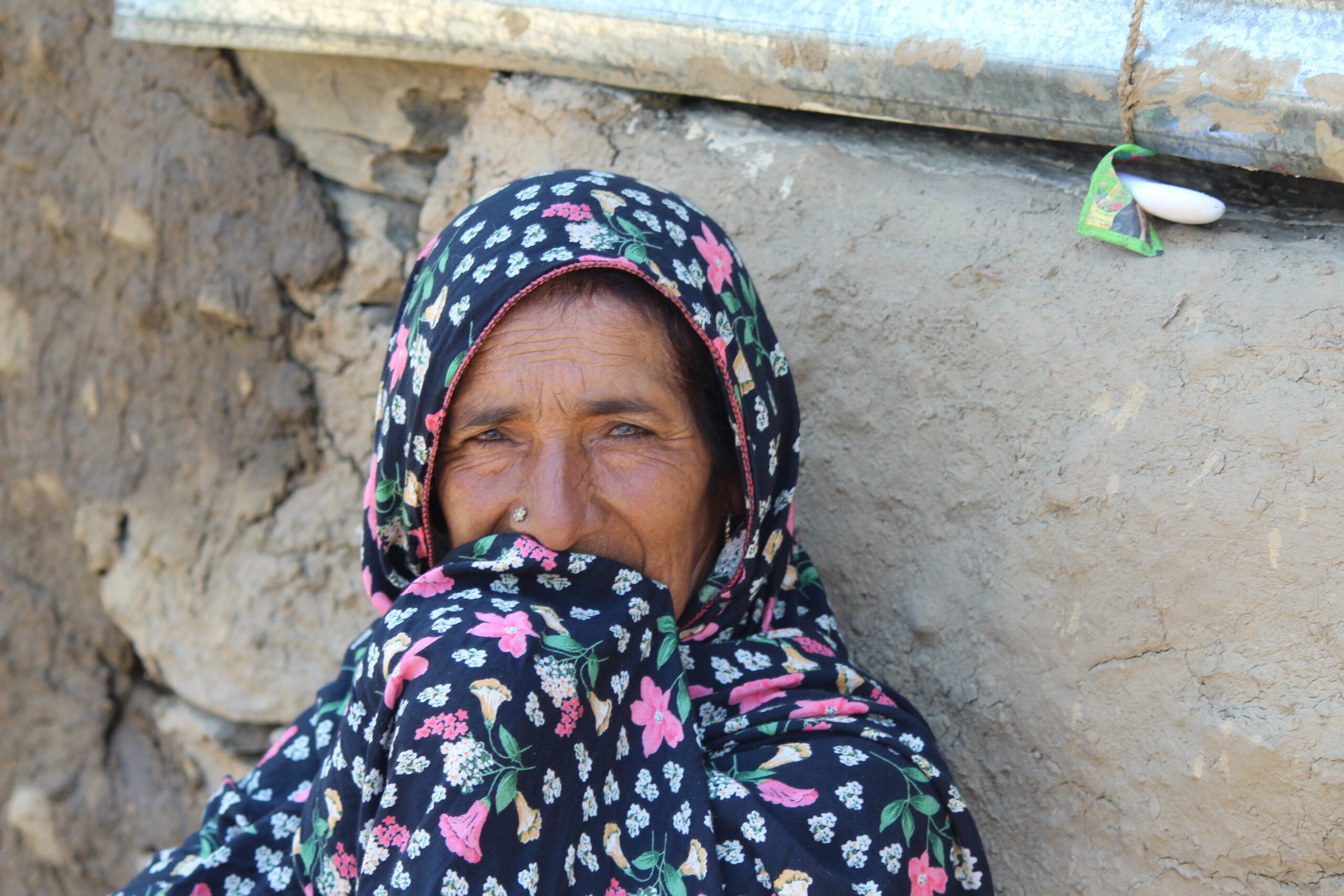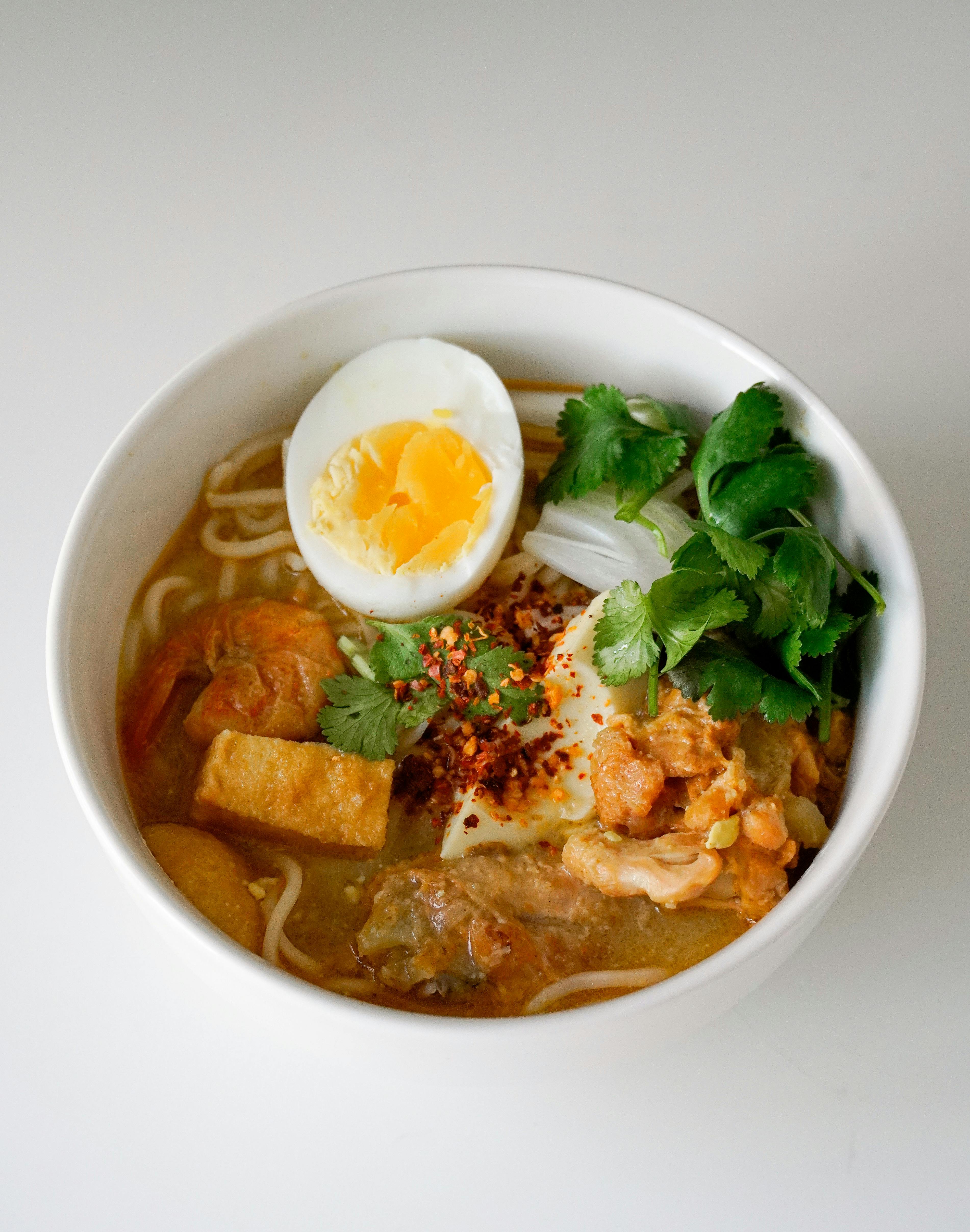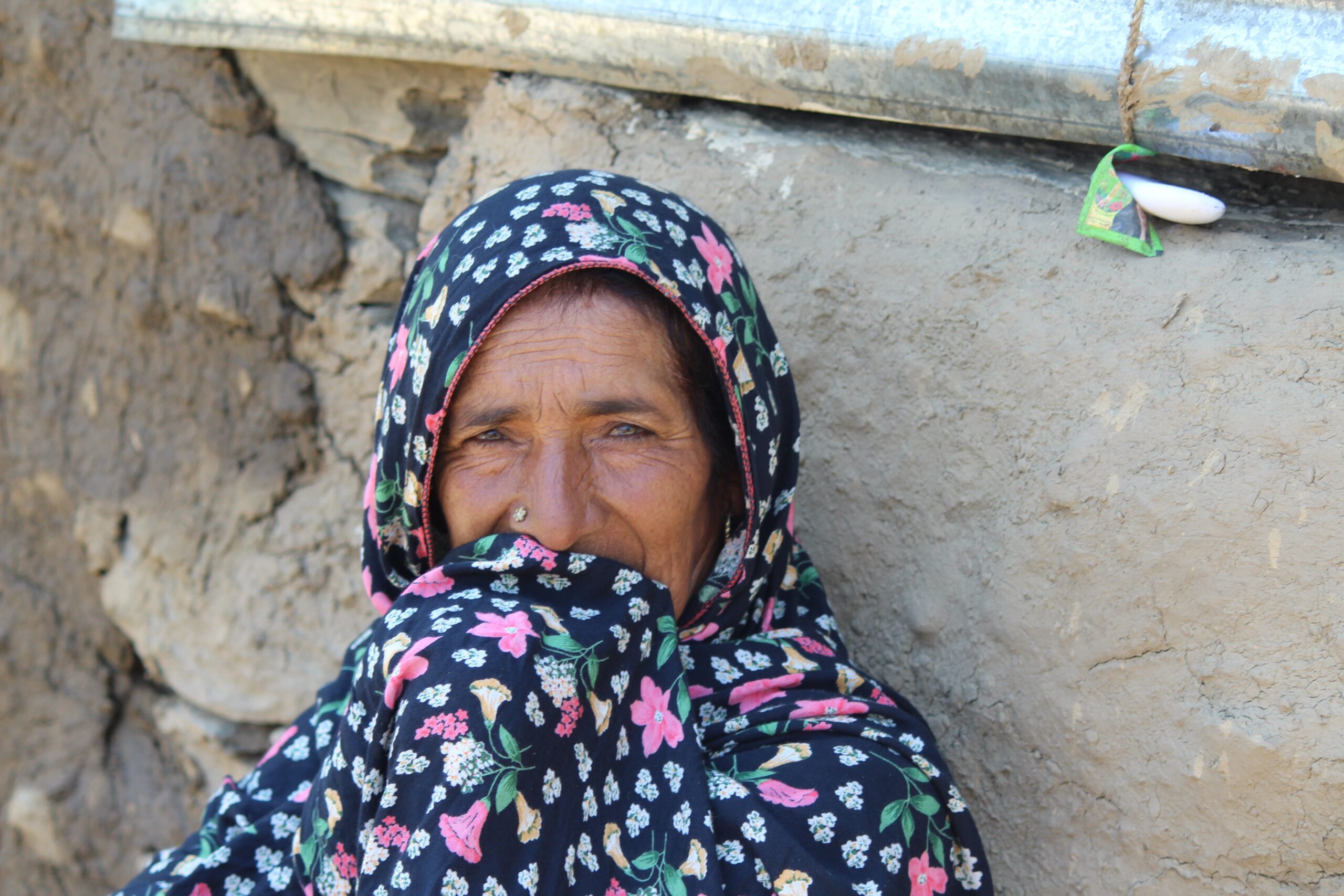Calling all food lovers! Get ready to embark on a delicious journey as we explore the cultural significance of Indian street food. On IndianCulture.com, you’ll not only learn about the mouthwatering flavors of India’s diverse cuisine, but also discover the deep-rooted traditions and stories behind each dish. From aromatic spices that tantalize your taste buds to regional specialties that showcase the country’s culinary diversity, Indian street food is a vibrant tapestry that reflects the rich cultural heritage of this incredible nation. So grab a fork, embrace your adventurous spirit, and get ready to savor the true essence of India through its tantalizing street food!

History of Indian Street Food
Origin of street food in India
Indian street food has a long and rich history that dates back centuries. The concept of street food can be traced back to ancient times when traders, travelers, and locals would gather in bustling marketplaces to buy and sell goods. As these markets grew, it became common for vendors to set up small food stalls to cater to the needs of the people. These early street food vendors would offer a variety of traditional dishes that were quick, delicious, and affordable.
Evolution of street food over time
Over time, street food in India evolved and adapted according to the changing tastes and preferences of the people. As different regions and communities began to interact, they brought with them their own culinary traditions, resulting in a fusion of flavors and influences. This exchange of ideas and techniques gave rise to the diverse and vibrant street food culture that we see in India today.
Popular Indian Street Foods
Pani Puri
Pani Puri, also known as Golgappa or Puchka, is a quintessential Indian street food that originated in the region of Northern India. It consists of small, hollow, crispy puris (fried bread) filled with a mixture of tangy tamarind chutney, spicy mashed potatoes, and flavored water. The burst of flavors and textures in every bite makes Pani Puri a favorite among locals and tourists alike.
Bhel Puri
Bhel Puri is a popular street food snack that hails from the Western state of Maharashtra. It is made with a combination of puffed rice, sev (crispy noodles), chopped onions, tomatoes, and a variety of chutneys and spices. The mixture is then tossed together to create a sweet, tangy, and savory treat that is enjoyed by people of all ages.
Vada Pav
Originating from the bustling streets of Mumbai, Vada Pav is often referred to as the Indian version of a burger. It consists of a deep-fried potato dumpling known as vada, sandwiched between a soft bun, and served with a spicy chutney. This hearty and flavorful street food has become an iconic symbol of the city’s vibrant food culture.
Aloo Tikki
Aloo Tikki is a popular street food snack that originated in North India. It is made by frying a mixture of mashed potatoes, onions, and spices until golden and crispy. Aloo Tikki is typically served with chutneys, yogurt, and a sprinkle of chaat masala. The combination of flavors and textures makes this savory treat a favorite among street food enthusiasts.
Dosa
Dosa is a versatile South Indian street food that has gained popularity all over India. It is a thin, crispy pancake made from fermented rice and lentil batter, which is spread thinly on a hot griddle and topped with various fillings. From the classic Masala Dosa filled with spicy potato curry to the innovative Cheese Dosa, there are endless variations of this delicious street food.
Chaat
Chaat is a category of savory snacks that can be found in various forms across India. It includes dishes like Papdi Chaat, Samosa Chaat, and Aloo Tikki Chaat, among others. Chaat typically consists of a base of crispy fried dough, topped with a variety of flavorful chutneys, yogurt, and spices. The combination of sweet, sour, and spicy flavors creates a burst of taste in every bite.
Kathi Rolls
Kathi Rolls are a popular street food item that originated in Kolkata, West Bengal. They are made by wrapping a variety of fillings, such as grilled meat or vegetables, in a thin flatbread called paratha. The rolls are then garnished with chutneys and onions, making them a delicious and convenient option for those on the go.
Samosa
Samosa is one of the most iconic and beloved street food snacks in India. It is a deep-fried pastry filled with a savory mixture of potatoes, peas, and spices. The triangular shape and crispy texture of the samosa, combined with its flavorful filling, make it a comforting and satisfying treat that is enjoyed across the country.
Pav Bhaji
Pav Bhaji is a popular street food dish that originated in Mumbai. It consists of a spicy vegetable curry, known as bhaji, served with buttered and toasted bread rolls called pav. The bhaji is made by mashing a variety of vegetables and spices together, resulting in a flavorful and hearty dish that is often enjoyed as a quick and filling meal on the streets.
Chole Bhature
Chole Bhature is a North Indian street food delicacy that is a favorite among food lovers. It consists of a combination of spicy chickpea curry, known as chole, served with deep-fried bread called bhature. The rich and indulgent flavors of this dish, combined with its fluffy and crispy bread, make it a popular choice for breakfast or lunch.

Regional Variations of Indian Street Food
North Indian street food
North Indian street food is known for its bold flavors and hearty portions. From the spicy and tangy chaats of Delhi to the indulgent sweets of Uttar Pradesh, each state in North India offers its own unique street food specialties. Some popular examples include Aloo Tikki, Chole Bhature, and Gol Gappe.
South Indian street food
South Indian street food is famous for its use of rice, lentils, and coconut in various forms. Dishes like Dosa, Idli, and Vada are popular staples of South Indian street food. The region also offers a wide range of spicy chutneys and sambar to accompany these dishes.
East Indian street food
The eastern region of India is known for its diverse street food offerings. From the mouthwatering Momos of Darjeeling to the street-side Puchka stalls of Kolkata, East Indian street food is a treat for the taste buds. Litti Chokha, a popular street food dish from Bihar, is made with stuffed wheat and gram flour balls served with a spicy mashed potato dish.
West Indian street food
West Indian street food is renowned for its vibrant flavors and fusion of influences. From the tangy and spicy street food of Mumbai to the sweet and savory dishes of Gujarat, this region offers a wide variety of street food delights. Vada Pav, Pav Bhaji, and Dhokla are some popular examples of West Indian street food.
Role of Street Food in Indian Society
Affordability and accessibility
Street food plays a vital role in Indian society due to its affordability and accessibility. Many people, including students, office workers, and even tourists, rely on street food as a quick and economical option for their daily meals. Unlike restaurants and cafes, where prices can be higher, street food vendors offer delicious and fulfilling meals at a fraction of the cost.
Socializing and community bonding
Street food also serves as a catalyst for socializing and community bonding in Indian society. People often gather around street food stalls to enjoy a meal, chat with friends and family, and form connections with vendors and fellow food enthusiasts. The lively atmosphere created by the hustle and bustle of street food markets fosters a sense of camaraderie and shared experiences.
Influencing local and international food scenes
The popularity and uniqueness of Indian street food have not only had an impact on the local food scene but also on the international culinary landscape. Many street food dishes, such as Dosa and Samosa, have gained global recognition and are now served in restaurants around the world. Indian street food has inspired chefs and food enthusiasts alike, leading to the fusion of flavors and techniques in various cuisines.

Street Food as a Reflection of Indian Culture
Relationship between street food and cultural diversity
Indian street food reflects the country’s diverse cultural heritage. Each region in India has its own set of street food specialties that are influenced by the local culture, traditions, and ingredients. Whether it’s the spicy and vibrant flavors of North Indian street food or the delicate and coconut-infused dishes of South India, street food is a true reflection of the rich cultural tapestry of India.
Use of spices and flavors in street food
Spices are an integral part of Indian cuisine, and street food is no exception. From aromatic spices like cumin, coriander, and turmeric to fiery chilies, street food vendors skillfully use a wide range of flavors to create dishes that are bursting with taste. The judicious blend of spices gives street food its unique and unforgettable flavor profiles, making it a favorite among food lovers.
Traditional cooking techniques in street food
Street food vendors in India often employ traditional cooking techniques that have been passed down through generations. Whether it’s the art of preparing a perfect dosa on a hot griddle or frying samosas to crispy perfection, these time-honored techniques add an element of authenticity and nostalgia to street food. The use of handmade tools and utensils further enhances the charm and craftsmanship of street food preparation.
Economic Importance of Indian Street Food
Street food as a source of employment
Street food plays a significant role in providing employment opportunities, especially in urban areas. From the vendors who set up stalls on busy street corners to the skilled workers who assist in food preparation, street food creates livelihoods for thousands of individuals. It serves as a means of self-employment and income generation, particularly for those who may not have access to other formal job opportunities.
Contribution to local economies
Indian street food also contributes significantly to local economies. Street food vendors purchase ingredients and supplies from local markets, supporting the livelihoods of farmers, vendors, and small-scale businesses. The revenue generated from street food sales also indirectly benefits other sectors, such as transportation, packaging, and hospitality, thus stimulating economic growth at the community level.
Health and Hygiene Concerns
Challenges in maintaining hygiene
While street food is loved for its taste and affordability, there are persistent concerns regarding hygiene and food safety. Due to the open-air nature of street food stalls and the lack of proper infrastructure, maintaining hygiene standards can be a challenge for vendors. Contamination, improper handling, and inadequate sanitation can lead to foodborne illnesses if proper precautions are not taken.
Efforts towards improving health standards
Recognizing the importance of health and hygiene, both the government and non-governmental organizations in India have taken steps to improve the standards of street food. Initiatives such as hygiene training programs, regular inspections, and the promotion of safe food handling practices have been introduced to ensure the safety and well-being of consumers. These efforts aim to strike a balance between preserving the vibrant street food culture while safeguarding public health.
Street Food and Tourism in India
Attraction for tourists
Indian street food has become a major attraction for tourists visiting the country. Travelers are drawn to the vibrant colors, enticing aromas, and diverse flavors that are found in Indian street food. The ability to experience the local food culture and indulge in regional delicacies is a highlight of many travelers’ itineraries, making street food a thriving component of India’s tourism industry.
Street food tours and experiences
In recent years, street food tours and experiences have gained popularity in India, allowing tourists to explore the culinary delights of different cities and regions. These guided tours take visitors through the narrow lanes and bustling markets, introducing them to hidden gems and street food hotspots. Such experiences provide an immersive and authentic way to discover the flavors of India while supporting the local street food vendors.
Festivals and Street Food
Street food during religious and cultural festivals
Indian festivals are incomplete without the presence of street food stalls. During religious and cultural celebrations, streets and marketplaces come alive with a myriad of food options. From mouthwatering sweets like Jalebi and Laddu to savory snacks like Kachori and Pakoras, street food becomes an essential part of the festive feasts. These indulgent treats add to the joy and festive spirit of the celebrations.
Significance of street food in celebrations
Street food not only satisfies the taste buds during festivals but also holds cultural and symbolic significance. Traditional dishes and sweets are prepared with great care and enthusiasm, reflecting the customs and traditions associated with each festival. The act of sharing and enjoying street food together strengthens familial bonds, fosters a sense of togetherness, and creates lasting memories.
Preserving Indian Street Food Heritage
Initiatives for preserving street food traditions
In recent years, there has been a growing recognition of the need to preserve the rich heritage of Indian street food. Various organizations and individuals have taken up initiatives to document and safeguard traditional street food recipes and techniques. Efforts are being made to promote the use of natural and local ingredients, encourage sustainable practices, and ensure the continuation of age-old culinary traditions.
Documentation and promotion of street food
The documentation and promotion of street food culture are being carried out through various channels. Cookbooks, food blogs, and social media platforms have become platforms for sharing recipes, stories, and the history behind street food. Food festivals and culinary events further showcase the diversity and flavors of Indian street food, bringing together vendors, chefs, and food enthusiasts to celebrate this important aspect of Indian cuisine.
In conclusion, Indian street food is not just a source of delicious and affordable meals but a reflection of the country’s rich cultural heritage. From the mouthwatering flavors of Pani Puri to the indulgent comfort of Pav Bhaji, each dish tells a story of tradition, innovation, and the spirit of community. As efforts are made to preserve and celebrate the vibrant street food culture, it continues to bring people together, create livelihoods, and contribute to the economic and culinary landscape of India. So, the next time you find yourself in the bustling streets of India, don’t miss the opportunity to embark on a mouthwatering journey through its diverse street food offerings.
